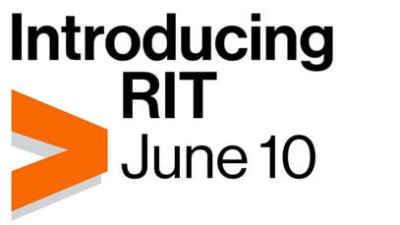Math Modeling Seminar - Does the Coronavirus Discriminate?
Assessing the Cases and Deaths Attributed to COVID-19 and its Impact on Racial/Ethnic Inequities at the County Level: Does the Coronavirus Discriminate?
Dr. Loni Tabb
Associate Professor
Epidemiology and Biostatistics
Dornslife School of Public Health
Drexel University
Zoom Registration Link
Abstract:
On January 20, 2020, the first confirmed case of the novel coronavirus (COVID-19) was identified in the United States (US). As of July 27, 2020, there were over 4 million confirmed cases and over 145,000 related deaths. Months into this global pandemic, many communities, especially communities of color, were disproportionately impacted by this virus. The goal of this research is to describe the geographic patterning of coronavirus cases and deaths in the US, and to estimate the associated racial/ethnic inequities.
Both exploratory and inferential spatial data analysis methods were utilized to further assess these potential racial/ethnic inequities. Descriptive statistics and choropleth maps were used to graphically display and measure the patterning of coronavirus cases and deaths across all US counties (N = 3139) with and without counties in New York (N = 62), as a special case. We then fit spatially varying zero inflated negative binomial regression models to estimate racial/ethnic inequities in coronavirus cases and deaths. These models were fit under a Bayesian statistical framework and relied on integrated nested Laplace approximation methods to obtain estimates and 95% credible intervals of the racial/ethnic inequities present.
Choropleth maps of US counties and New York counties showed significant clusters of coronavirus cases and deaths. Counties with higher percentages of Black residents in both the US and New York alone had 56% and 41%, respectively, more coronavirus cases. In New York, counties with more Hispanic residents had a nearly 3-fold increased risk of coronavirus cases. Densely populated counties in New York had significantly more deaths than less densely populated counties.
Our findings highlight the disproportionate burden of COVID-19 on communities of color, particularly in counties with increasing percentages of Blacks and Hispanics. Given this evidence, local, state, and national policymakers can further identify which counties and populations will need additional access to resources that include, but are not limited to, testing, treatment, education, and support in the recommended guidelines for social distancing practices.
Speaker Bio:
Dr. Loni Philip Tabb is an Associate Professor of Biostatistics in the Department of Epidemiology and Biostatistics at Drexel University’s Dornsife School of Public Health in Philadelphia, PA. She received her PhD in Biostatistics from Harvard University in 2010 where she developed novel statistical methods to address zero inflation in longitudinal count data – with applications to environmental health and health disparities research. More specifically, she developed a marginalized zero-altered Poisson model to map and measure premature mortality and the effect of census tract poverty in the greater Boston area. Upon completion of this doctoral training, she returned as a tenure-track faculty member to her undergraduate and graduate alma mater – she obtained her B.S. (2003) and M.S. (2005) in Mathematics from Drexel. See more details here.
Intended Audience:
Undergraduates, graduates, and experts. Those with interest in the topic.
The Math Modeling Seminar will recur each week throughout the semester on the same day and time. Find out more about upcoming speakers on the Mathematical Modeling Seminar Series webpage.
Event Snapshot
When and Where
Who
Open to the Public
Interpreter Requested?
No








